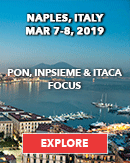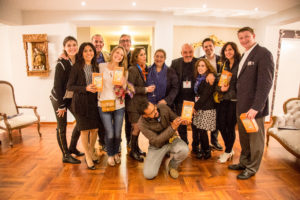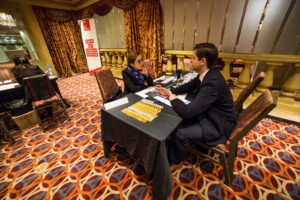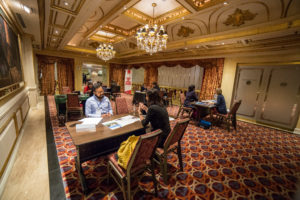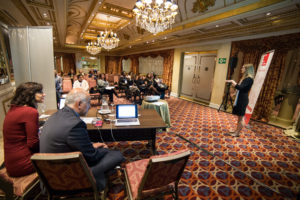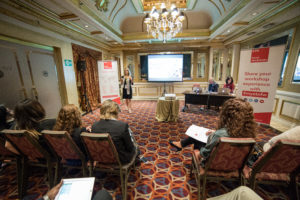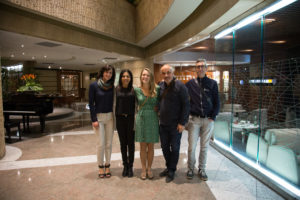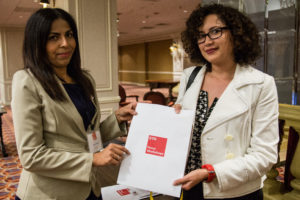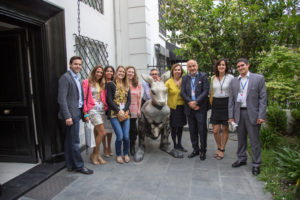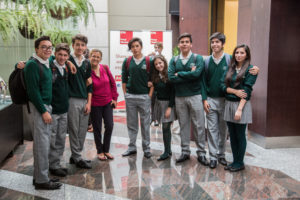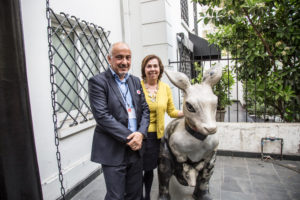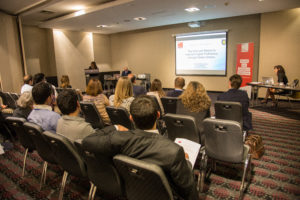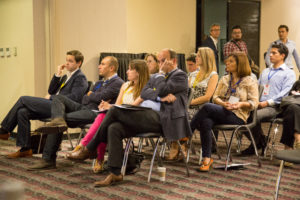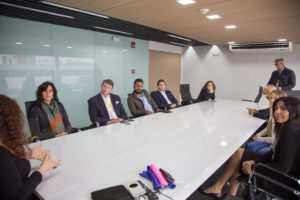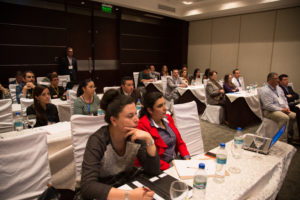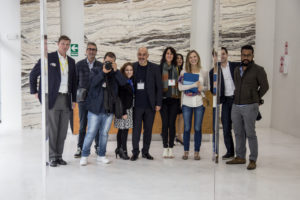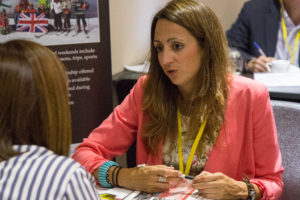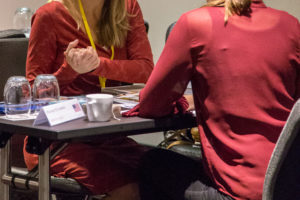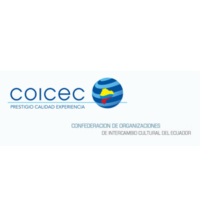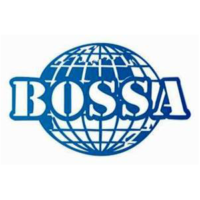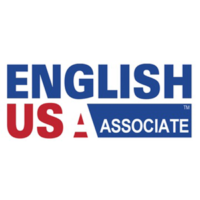Agile and Lean Techniques for Improving International Student Retention?
For the past 10 years the startup scene has been crazy about using various Agile and Lean management methodologies – mostly Scrum and Kanban. The methods are different, but the goal is always the same: optimizing your team activities so everyone achieves the best results in the shortest period of time.
While startups might seem to be worlds away from academia, in all fairness both types of organizations share similar traits. Working as a team towards a common goal, seeking innovation, praising excellence and skill – all of that could describe both an education provider and a technology company.

So why should you try out one of the agile methodologies on campus?
It’s flexible and fast
The whole point of lean management is to identify and address problematic areas and then figure out the ways to achieve results faster. In order to keep up with current innovation trends in education, science and technology, universities have to be able to react to changes right away.
Clear and measurable results, proven track record
Due to using quite short periods for achieving measurable results, you constantly check the indicators for being on the right track. That’s the way to achieve results. You don’t have to think about keeping 1000 international students happy in the upcoming 10 years, but you focus on implementing a language learning program for 50 students in the upcoming week. Due to well-structured, clearly defined and measurable goals, you can easily monitor the impact your activities have on students.
Community building, motivated teams
In lean management, the key to success is empowering community members and building strong teams. If your colleagues see the results and are always feeling accountable to each other (not to a vague strategic paper), they will be motivated and open to going the extra mile for students.
Why you might be reluctant to try this out on your campus?
Different from a standard model
Usually universities plan for longer periods of time, for instance, making a 5-year strategy and then trying to keep up with it. Even though we often think of academia as the hub for innovation, hardly any campus can describe itself as bureaucracy-free.
Hard to make faculty management to implement changes
Similar to the first problem, getting everybody on board might be a hard task. And having lean management implemented requires team effort – everyone has to put their weight in. Even starting small (in one department) can be pretty slow if the leadership is reluctant to serve as an example to the rest of the staff.
Teams need to spend time and find the right methods
Lean methodology offers a variety of tools but it’s not a “one size fits all” kind of solution. Give your teams freedom to try out different methods. See what works for them, reflect and make a habit of just some. Also some general management across different faculties need to take place in order to get proper results. All of this requires coordination and patience.
So, what kind of Agile methods are most likely to be a success in an international student office?
Design cycles
In line with your strategic goals you should cut your action plan into measurable chunks with a simple question – what can be achieved within a month? Don’t worry if your predictions are not correct all the time. Just make sure you try to do a more specific prediction next time. Every week, have a strategic meeting with your team and pick the actions that need to be taken in order to achieve your desired results.

Daily standup
Start the day with a 5-10 minute team meeting. It’s not for discussing anything in depth, but for tuning and motivating the team. Everyone needs to answer 3 questions:
- What did I achieve yesterday?
- What will I achieve today?
- What kind of help do I need?
Any job they are working on can be cut into actionable daily pieces. Nobody in the meeting should speak longer than 1-2 minutes. The meeting starts at a fixed time and you do not wait for others – be on time or miss out on an opportunity to present your work and hear what others are doing!
Boards to measure progress
With agile you present the need to visualize goals and progress in task boards. It can either be on the wall or online (ie. Meistertask application). Each board has 3-4 sections: Monthly goals, weekly goals, daily goals and done. Seeing how a task moves from monthly goals to done helps teams be in tune with each other, keeps their motivation up and makes them proud of their achievements.
Reflect, improve, move on
Important part of agile is reflection. What did you achieve in the past month? How could you improve based on past experience? Having a monthly strategic meeting should include not only planning for the future. It should also point out the best practice models.
Now, it’s time to put things into practice
So, have your tried using any agile or lean methods in your team? How did it work? Do you have any tips or advice for those educators who are interested in agile? Help them decide if they should try it out.
Discuss pros and cons of lean in the comments!








